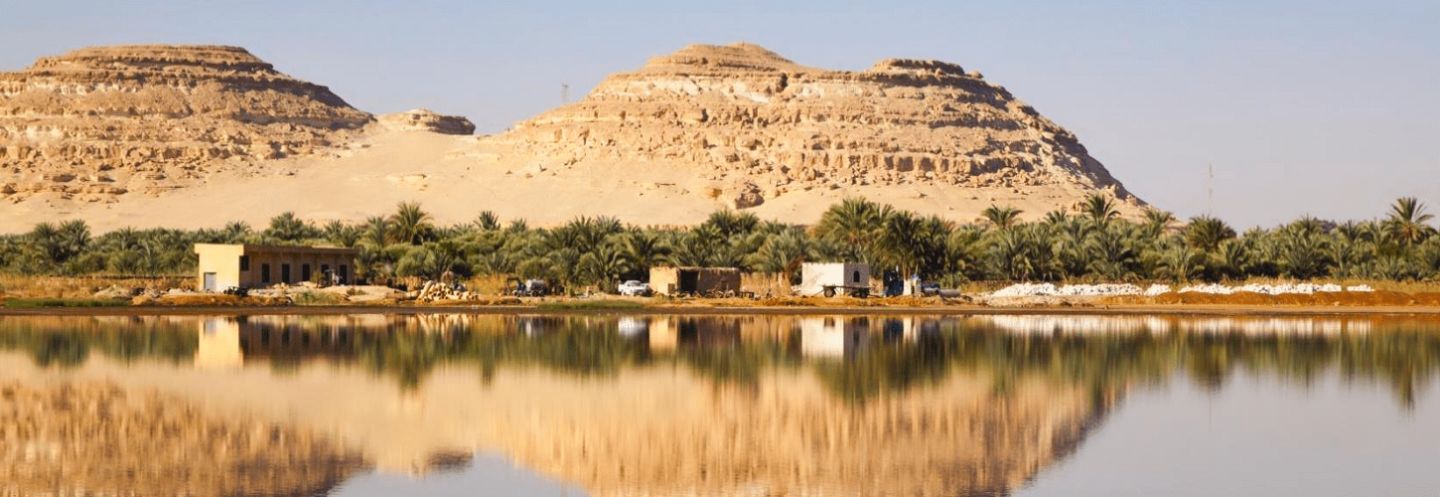- Home
- Egypt Attractions and best things to visit
- Siwa Oasis Attractions | Things To Do In Siwa Oasis

Siwa oasis, one of the best oasis in Egypt desert, Siwa oasis is a deep depression that reachs 19 meters below the sea livel, It is one of best things to see and visit in Egypt, Here You will find Siwa attractions, Siwa is included in Egypt desert packages, can be reached from Cairo, Luxor or Alexandria.

